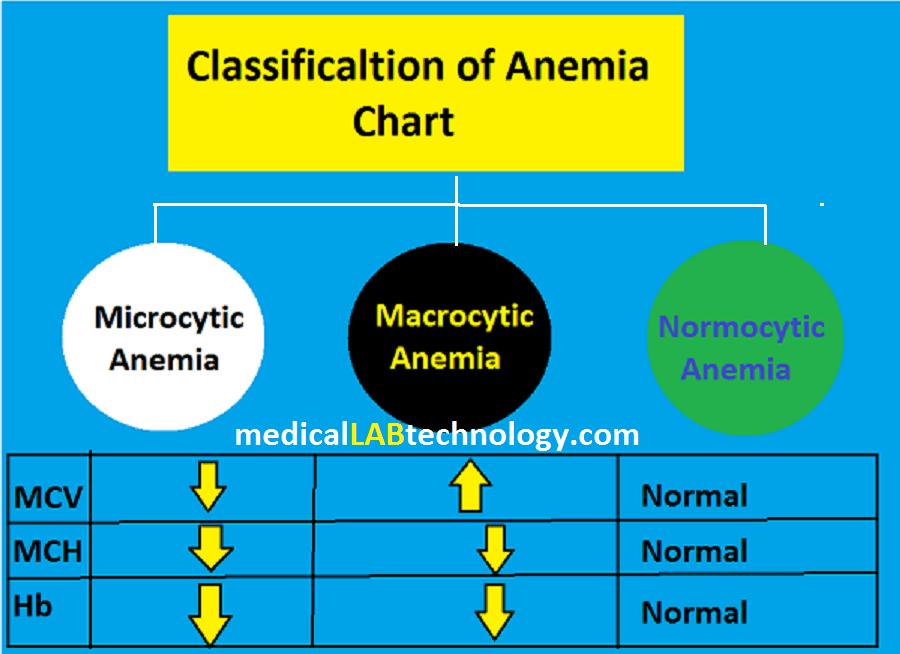Leishman stain principle and procedure
Leishman stain is a commonly used stain in the hematology lab. It is used to identify the white blood cells, malaria parasite, cutaneous leishmania, and Trypanosoma species. Leishman stain preparation Requirements Following are the requirements of Leishman stain preparation. Leishman stain procedure


